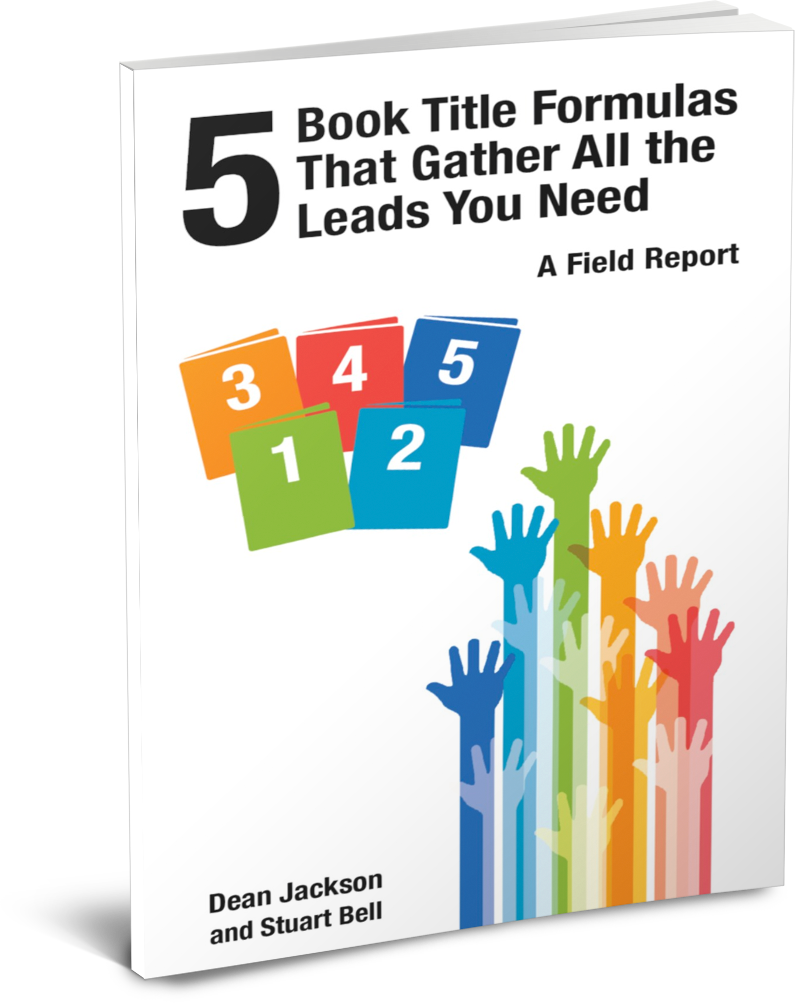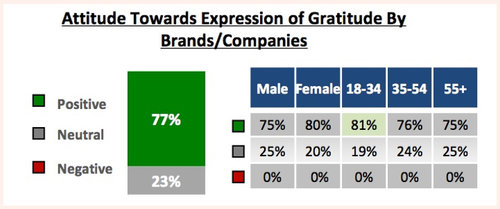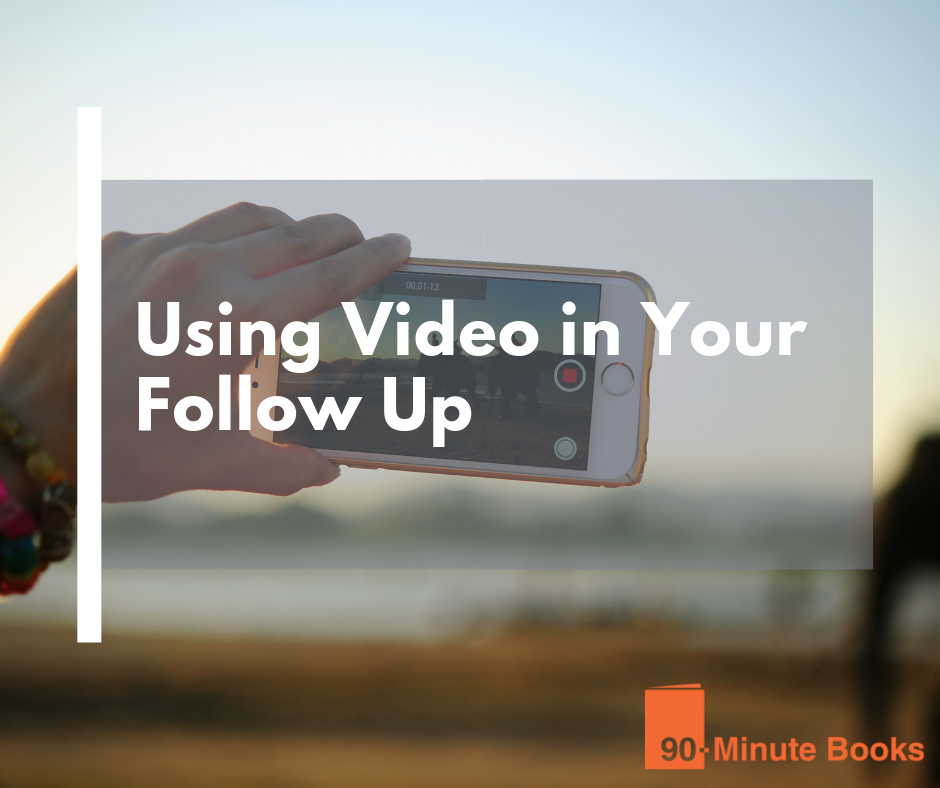Content creators understand that making money from their creations can be difficult. If you’re an independent creator, there’s a range of strategies you can employ to get the word out about your work, but none of these will succeed without a planned marketing approach. If you want to successfully sell a book or any product you have created, this marketing plan will provide the basic guidelines.
The Book Marketing Plan
You must create a marketing plan tailored to your objectives and activities. There is no definite solution that will assist you in marketing your publication. This guide provides the most effective techniques and resources to incorporate into your marketing activities.
Market Research
Before you dive into market research, start by answering these three questions:
- What is my goal for this book?
- What does my audience look like?
- What is my genre/niche?
The most significant aspect to consider when writing, unless only for pleasure, is who you are writing for. Envisioning your audience by cultivating personas is a great approach. I would suggest spending a bit of time creating a few characters. Every segment of the intended audience should be characterized in detail.
Now consider your genre. If you have already created your novel, investigate other tales that are similar in genre. If you have not yet finalized the content, consider what queries your book answers or the narrative you are presenting and find other books that could be similar to yours.
Finally, you’ll want to look at your publishing options. Plot out the buying experience to understand where your target audience shops. Match the information you have with the publishing choices that will fulfill their requirements and make the highest profits for you.

FREE BOOK
Discover the 5 Compelling Book Titles Types that create an ‘I Want That…’ response.
Market Research Tools
When it comes to market research tools, there is a virtually limitless array of choices available. Here are some options you can use without any cost and can be beneficial in understanding your probable audience.
- Answer The Public – Ignore the weird gif playing on the home page. Answer The Public takes any topic and shows you related search phrases.
- U.S. Census Bureau – Their search function lets you leverage all the data of the U.S. census to better understand how your audience shops.
- Google Trends – Quickly and easily discover topics that are getting attention in Google searches to learn what people are looking for.
Audience Building
It is essential to growing your audience if you don’t already have many email subscribers or social media followers.
Constructing an email list of subscribers is the main priority you should focus on. When an individual gives you their email address, it indicates that they desire the contents you make. Therefore, email remains the superior communication method for connecting with people and generating income.
That doesn’t mean you should ignore social media. Discover the providers utilized by your target market (your customer accounts can assist here) and formulate a social network plan.
Search for openings to showcase your skills and market yourself. Guest posting is a fantastic way of expanding your audience base. Websites such as Medium and Substack have numerous publications in search of material.
You’re not merely forming a group of people to purchase your literature; you are additionally making an admirer base of people who consume your material. People love content.
You should also think about podcasting, an increasingly popular form of media with many chances to be featured on programs related to your field. YouTube retains a large viewership and many channels in search of participants.
It’s likely your fans want more than just books. Remember to maintain your base as you increase your followers and seek out other selling possibilities as they occur.
Budgeting
It is advisable to set apart funds for advertising separately from those intended for editing, layout, and printing. Allocate money for website hosting, printing, and eCommerce services.
Your marketing budget will need specific book sales targets. It is impossible to provide one solution since each independent author has a different objective. It is important to consider the size of your audience and what your aims are when setting your expectations.
After you have created a foundation for your marketing expenditure, you are all set to arrange for the publication of your book!
Pre-Launch
You should allow three months or more to inform people about your book, receive reviews, and publish it.
Timeline
By utilizing your timeline, divide the extensive endeavor of advertising your book into less complicated individual goals.
Publishing
You must plan to have your material ready to be disseminated before starting your marketing campaign. Cover everything needed to finish your work, such as editing and writing it all, getting the design right, creating an eye-catching cover, and getting your sales page ready.
It’s important to have some elements of your upcoming book for use in pre-release publicity, developing digital output as previews, integrating the book’s theme as a metaphorical description for the goods page, and of course, the cover art. The book cover is key to marketing your books and establishing yourself as a distinct author.
Books Reviews
We all turn to reviews to confirm that the product we are looking into purchasing will suit our requirements. Treat your book as though it were a commodity for sale, requiring a few favorable reviews to be conducted before you can officially put it up for sale.
You must remember to provide advance reader copies to peers and reviewers so they can go through the book and offer you their opinions ahead of time. Give yourself ample time to do this. Display the best ratings on your book’s cover for everyone to see!
Finally, don’t skip reviewing your own product. A sample copy before your launch is worthwhile to ensure correct spelling and that the book is in excellent condition.
Crowdfunding
If you’re using crowdfunding resources such as Kickstarter or Patreon, it’s essential to begin in the pre-launch period. Nonetheless, this isn’t compulsory. Having a strategy in place for handling your crowdfunding activities is important.
Launch
When the time comes, you will have compiled a list of subscribers, social media followers, and supporters you have gained through your fundraising campaign. Be sure to let all those who expressed interest that your book is available for purchase.
Before you rush to spread the word about your new book, take a moment to examine the product page setup. This encompasses both your own sales page and those of retailers. If you detect any mistakes, rectify them on your website or ask for corrections on any eCommerce site.
You determine the time your book launch runs for, yet it is advisable to advertise it vigorously for a minimum of two weeks and possibly even longer, potentially as long as one month. Our promotional push will include all your platforms – that means communication via email and social media and striving to get higher figures on search engine results pages.
You must track statistics as customers progress through your promotional pipeline to maximize the potential of your book launch.
How to Create Your Book Marketing Plan in 3 Steps
Step 1. Identify Your Target Audience
I have often said that you must know who your intended audience is if you want to read my older posts.
You need to be aware of your target market for the book you sell so that you can effectively market it. You should consider why readers would be drawn to the book and consider ways to appeal to them.
Some writers think that going broad is the ticket.
That makes sense, right?
You want to draw in a large audience to sell a high book volume.
However, specialists will inform you that targeting a limited audience is preferable.
By searching for readers who are passionate about your genre, you should be able to successfully target people who would be interested in your book. This will enable you to allocate your marketing efforts and money more effectively, providing you with the most advantageous outcome.
A reader looking for information on a certain topic will find a non-fiction book to their advantage, be it a self-help guide, a tour book, a recipe book, or an opinionated article concerning social and politics.
Step 2. Make Your Books Marketable
There are two make-or-break elements to your book marketing success:
1. Your book cover.
It’s essential for you to understand the significance of having an amazing book cover.
Your cover must be visually compatible with top-selling books in your category and remain decipherable when viewed as a small thumbnail.
Your cover should communicate the kind of writing that it is, the atmosphere that it produces, and what the story focuses on.
Definitely, one picture is insufficient to express everything.
However, if you investigate thoroughly, you can determine what will work best as a cover. Certain colors lend to specific moods.
If you are creating a taut international thriller, you will not include pink and orange butterflies in a rural landscape with an ornate font for your header.
Ensure you do not include a lot of extra writing in your letter.
Title and author only. Perhaps a short commendation from somebody popular.
It is advisable to include “a novel” on the cover of a book whose title could be misunderstood as non-fiction (for instance, Zondervan put this on the cover of Someone to Blame, a creative work of fiction).
Utilize the strategies of top-rated books in your genre as a guide.
2. Your book title.
Your title is just as important as your appealing cover.
Names should be appropriate for the kind of book and easy to remember, as well as alluding to what the piece is about, regardless if it’s a piece of fiction or nonfiction.
A concise (2-3 words) gripping title is typically the preface for non-fiction works, trailed by an extended subtitle that precisely expresses the book’s topic.
When writing fiction, your title must indicate the emotions the book evoked and its main subject, plot, or concept.
Step 3. Create a Plan for Getting New Readers with Proven Book-Marketing Strategies
Develop the Right Kind of Presence on Social Media
You are expected to use social media, create a website, and initiate a blog to slowly build a visible online presence.
Figure out ways to show off your book without appearing overly eager or aggressive.
A fantastic strategy to advertise your book through social media is to post praise (snippets, evaluations, commendations) from people who enjoyed your work.
please note that this process takes time. It is improbable that you will gain a considerable audience on social media or find fifty thousand people who will register to your mailing list immediately.
Having patience is difficult, particularly when the process of gaining awareness of your publication and business appears to be taking an eternity.
Consider that you are constructing a professional life and plan on being in it for the foreseeable future. Settle in.
Putting emphasis on creating connections, exhibiting genuineness and humility, and expressing your passion instead of your craving for accomplishment will make marketing simpler and more pleasant.
If you put effort into building a recognizable presence and consumer base through these digital mediums (decide which to use based on what device and platform you’re more comfortable with and where your potential customers and fans already congregate—you don’t need to use all), then you will have support before you start advertising your novel.
This post cannot provide an exhaustive look into the huge amount of information about establishing a platform and developing a brand.
But here are some key things to keep in mind as you use social media:
- Be real. Let your personality come through honestly and transparently. We all hate phony, pushy salespeople. You don’t want to “push” people into buying your books. You want to “pull” (entice, draw, romance) them into your tribe.
- Be consistent with your marketing. Use the same professional headshot, choose a color or two for a consistent look with your materials and website, and have specific images that identify you (logo or book images) across all platforms.
- Be conversational and engage. Remember: only 20% of your activity on social media should be shameless self-promotion. Your aim should be to build a faithful fan base, which will pay off more than sales throughout your career.
- Don’t be everywhere and spread yourself thin. Pick a few social media platforms you enjoy being on and spend time making them productive. You might create boards on Pinterest on topics related to your book, which can draw those with the same interests to land on your website and join your mailing list
Guest Post Disclaimer
The views expressed in this post do not represent the views of 90-Minute Books. The information has not been verified and should be considered an opinion. You are always advised to do independent research.











